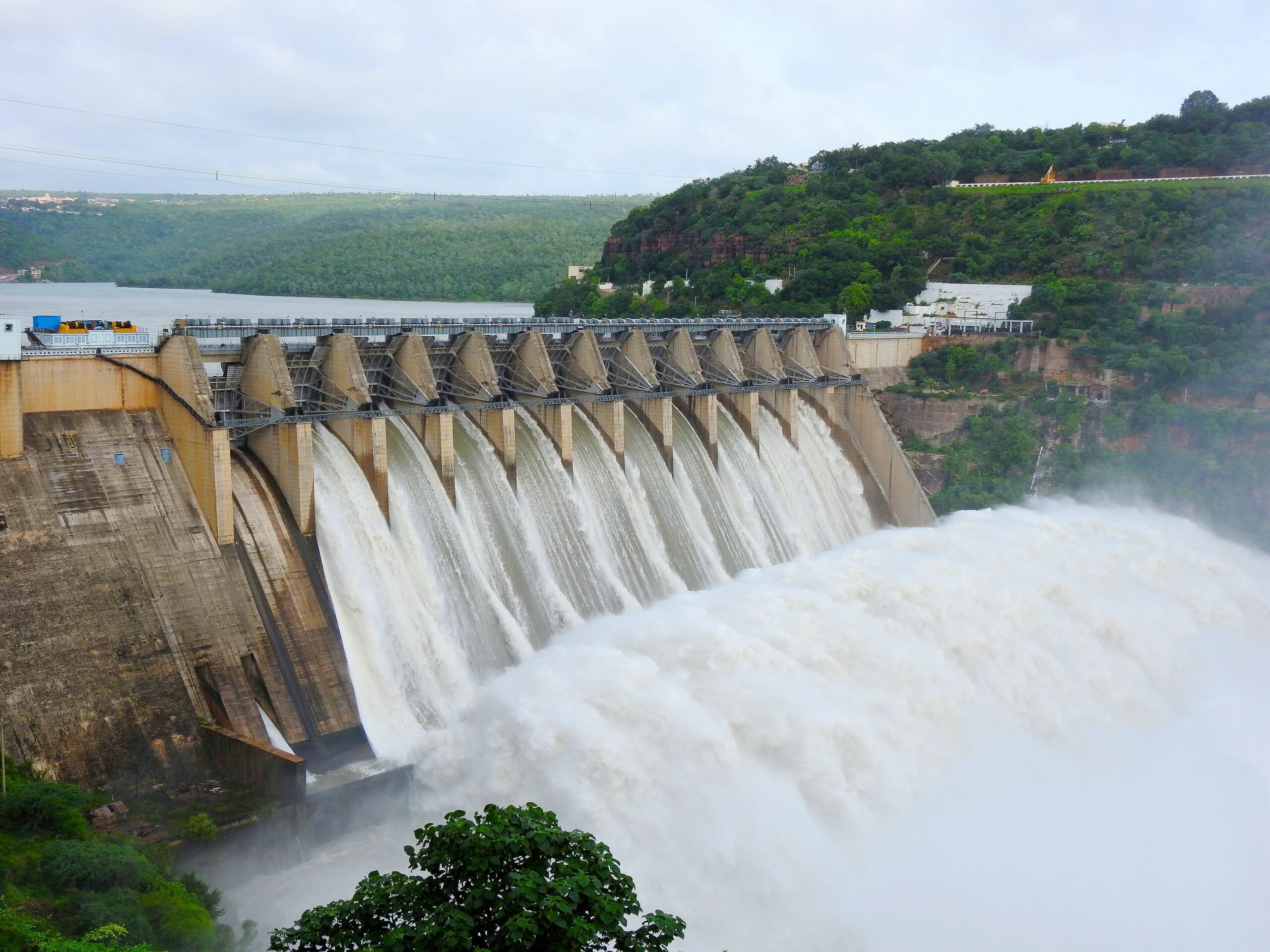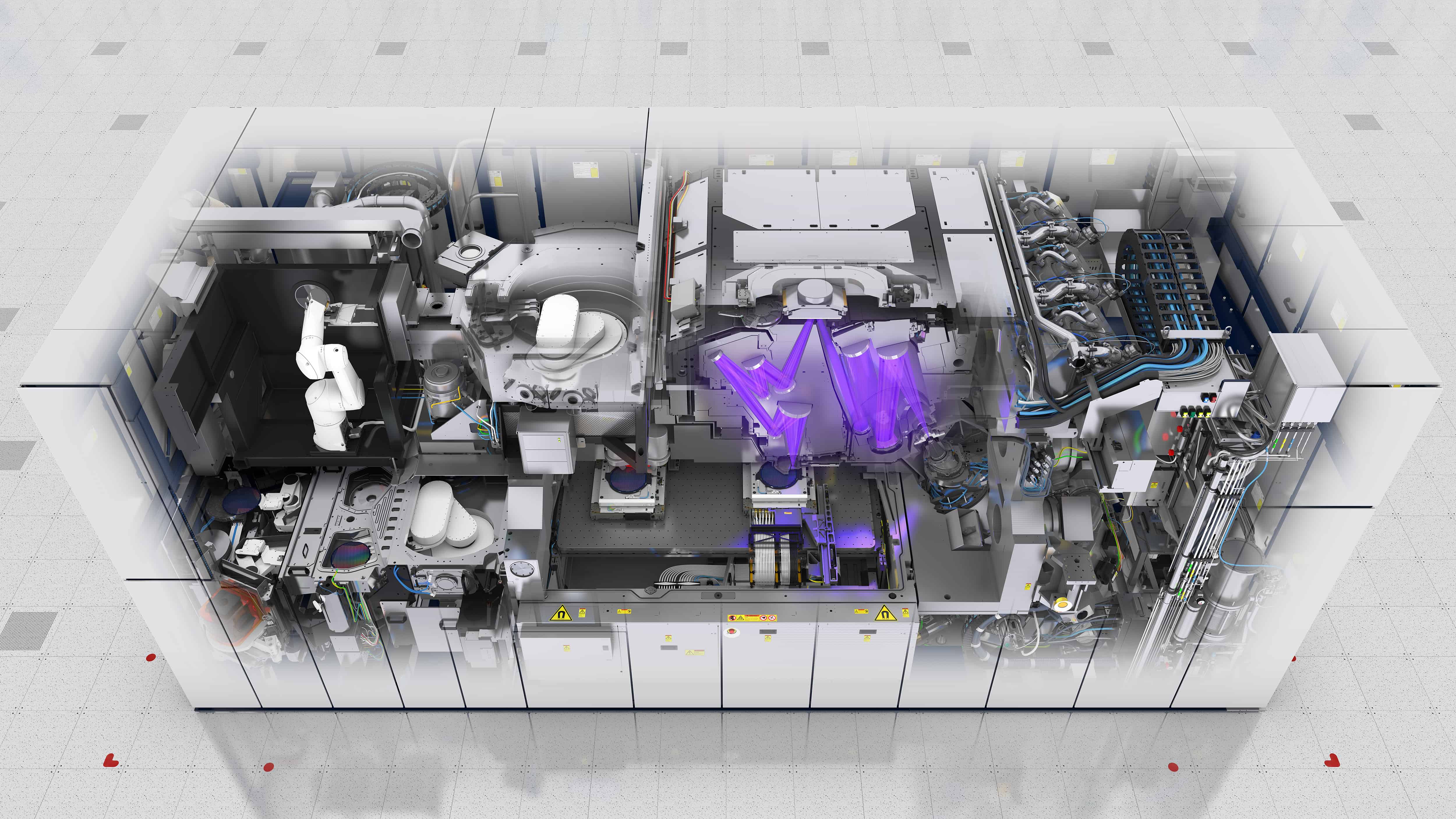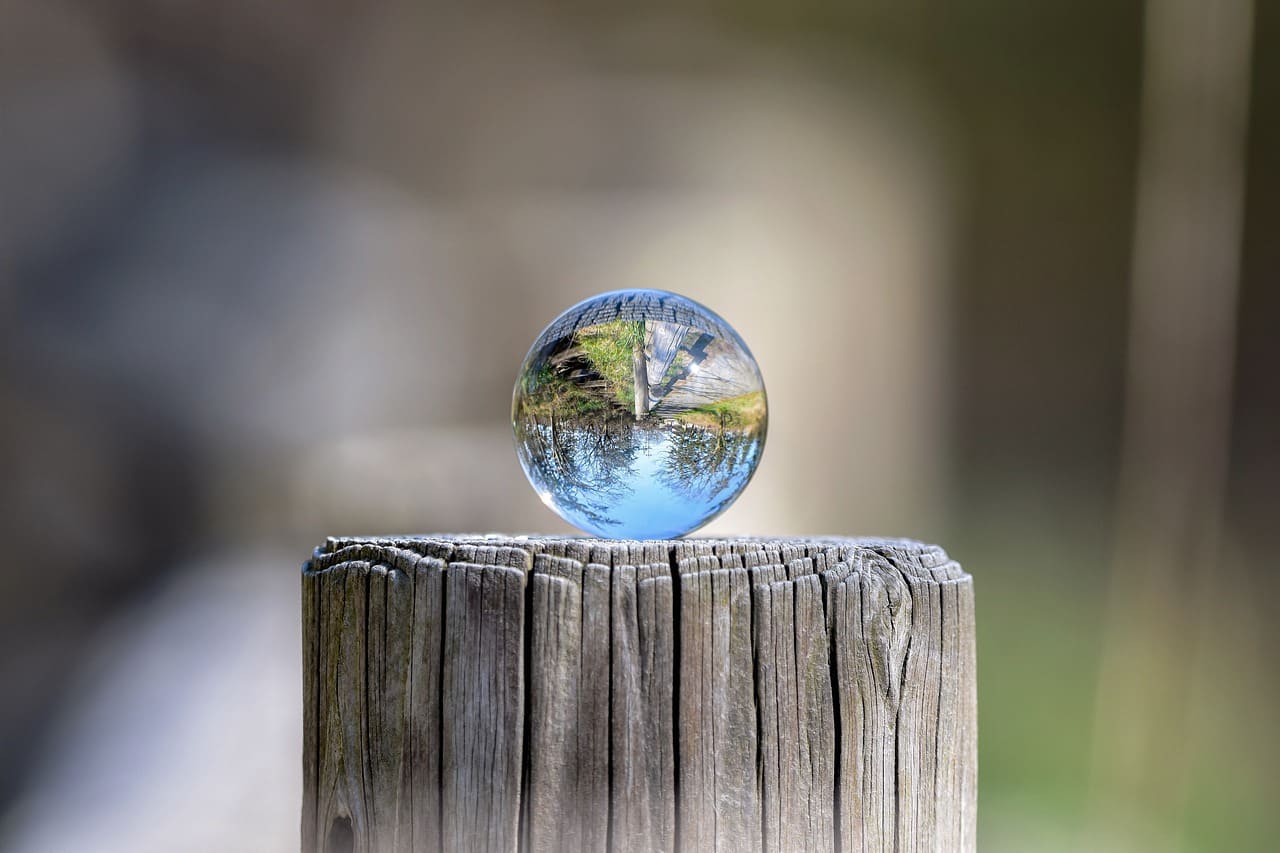
Energy generated from hydropower is considered renewable and thus environmentally friendly – and is also becoming increasingly important. In Europe, almost 650 TWh of energy is currently generated annually by hydropower, and yet this way of generating electricity is not at all as sustainable as is assumed. Just think of dams that can cause flooding or power plants that threaten fish populations. The ecological footprint left by hydropower must be reduced in the long term.
That’s why, from November 2016 to April 2021, scientists from 10 European countries researched how to reduce the negative impacts of hydropower plants on the environment in a cost-effective way as part of the EU-funded FIThydro project. “Our guiding principle is that environmentally friendly and sustainable hydropower can support the development of healthy rivers and self-sustaining fish populations while also supplementing and balancing other renewable energy sources,” says Hany Abo El Wafa, a researcher at the Technical University of Munich and FIThydro project leader.
More than 20 solutions
The research team developed more than 20 solutions, methods, tools and devices during the project just for making hydropower plants sustainable and fish-friendly. One of these solutions is a unique system to safely guide fish through the turbine of a hydropower plant. Another is a 3D optical and ultrasound device for fish detection, and a third is a system to predict fish mortality risk. In addition, the scientists developed various methods “to contribute to decision-making regarding hydropower plants and ultimately to raise public awareness about hydropower.”
However, the researchers not only focused on developing cost-effective mitigation strategies, they also studied how fish respond to hydropower plants and how they behave around the power plants. “In doing so, we are helping to ensure that our water bodies are left in a ‘good state’ for future generations,'” Abo El Wafa said.
Improving existing hydropower plants
Much of Europe’s hydropower potential has already been exhausted. So the researchers focused strategies regarding further expansion on improving existing hydropower plants as the primary goal. “This means all European countries must take steps to make their HPPs more compatible with EU sustainability goals and ensure that they are environmentally friendly, socially acceptable and economically viable,” Abo El Wafa said.
With this in mind, the project team defined test case studies at hydropower plants in different topographic areas across Europe, Abo El Wafa explains. “These case studies focused on the five main areas of hydropower impact, namely, up- and downstream fish migration, flow, habitat and sediments. Each case also looked at a different type of power plant set-up and the unique challenges that individual plants face.”
Public perception of hydropower is changing
The results of these test case studies can be read on the project website via a decision support system and a specially created wiki. The scientists also published more than 70 articles, participated in more than 30 conferences and seminars and organized the International Conference on Fish-Friendly Hydropower.
Abo El Wafa emphasizes that the FIThydro project “not only advanced the state-of-the art in fish-friendly hydropower, it also helped make sustainable hydropower possible.” The work of the project team will facilitate the assessment and management of ecosystem problems associated with hydropower generation, he stresses. “This will help change public perception on hydropower, which in turn will ease the acceptance of new projects or refurbishment of old ones.”
Also of interest:
Hydropower plants more profitable thanks to precise weather forecasts
Will the energy transition fail due to water shortages in many places?
Why climate change affects water supplies







